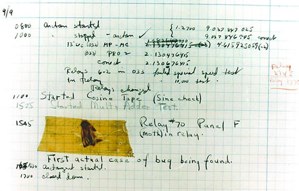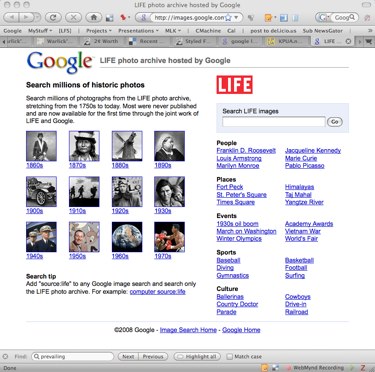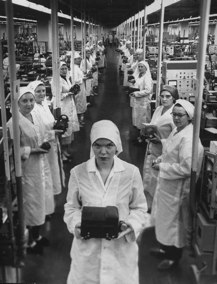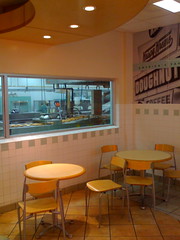 |
|
|
|
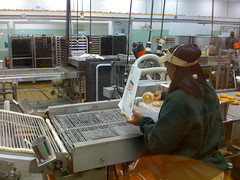 |
|
|
|
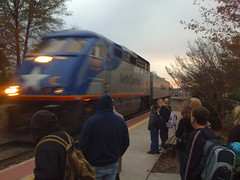 |
|
|
|
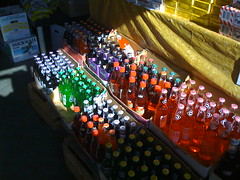 |
|
|
Mostly, I’ve been preparing for two upcoming and favorite conferences during the past week, my first full week at home in months and months. I haven’t worked at the New Hampshire Society for Technology in Education’s Christa McAuliffe Conference (NHCMTC) in a number of years — so this will be a real treat. I drive to Greensboro in the morning to take a plane up to Nashua. (hitchhikr)
Then it’s back to G’boro for the North Carolina Educational Technology Conference (NCETC), my state’s largest ed tech conference. Held at the huge Koury Convention Center, just west of the city, this is probably one of the biggest state conferences in the nation, all be it, a distance from FETC and the Texas conference. The opening keynote speaker will be Jim Moulton, with whom I’ve had the pleasure of working a number of times in Vermont, South Dakota, and his home state of Maine. Closing the conference, and a perfect closing it will be, is Debbie Silver. (hitchhikr)
But I took some time yesterday morning to see off my Mother in law and her groom, Alvin. Brenda and I raced over to the Krispy Kreme on Peace Street for donuts and coffee. We were thrilled to watch our sales person step back into the windowed plant, and pluck a dozen donuts off the conveyor, freshly glazed, and line them up in the box.
Then we raced over, in the Mini, me balancing six coffee’s in the passenger’s seat, to the Cary train station, where Brenda’s folks, her sister and two of her daughters were in the waiting room. It was great fun family time.
By contrast from Brenda’s folks, who lived most of their family years in Raleigh, we’ll be spending part of today with my parents and some of my brothers down in Clayton. Having grown up in a tiny mill town in western North Carolina, there will likely be much spitting and whittling ;-).
The last picture below, I took went entering the Raleigh Farmer’s Market on Thanksgiving morning, where Brenda wanted some good home-style pickles as a center for her Deviled Eggs. We also picked up some boiled peanuts and home-made butter. The eggs also came from the Farmer’s Market, where the sales woman promised yokes “..as orange as the setting sun.”
Powered by ScribeFire.


 I posted this survey yesterday, using a hosted service, to resounding response. In fact, we reached my 10 megabyte limit sometime last night, which locked the survey down — even my access to the data.
I posted this survey yesterday, using a hosted service, to resounding response. In fact, we reached my 10 megabyte limit sometime last night, which locked the survey down — even my access to the data.

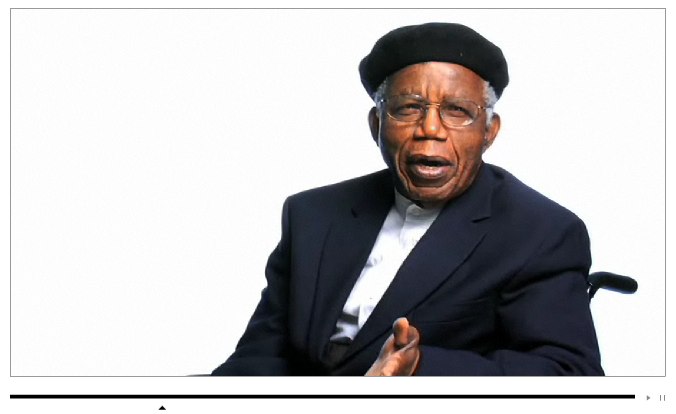
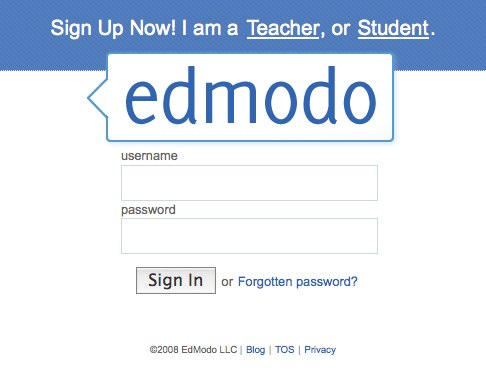 I’m home again and able to surface back up into my learning network, and the first tidbit that I discover is probably already known to you. But one thing that is noteworthy here is that I learned this from a relatively traditional thread of my web — e-mail.
I’m home again and able to surface back up into my learning network, and the first tidbit that I discover is probably already known to you. But one thing that is noteworthy here is that I learned this from a relatively traditional thread of my web — e-mail.
